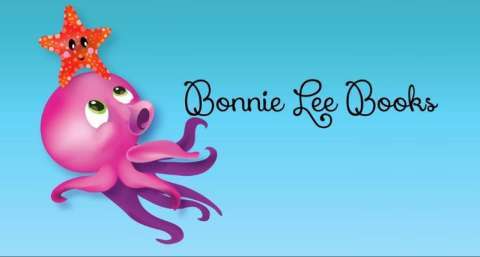Mistake #1: Cluelessness
Misconception:
“I haven’t read a children’s book in years, but they’re short and simple, right? How hard can it be to write one?”
The truth is children’s books are no easier to write than books for adults. Books for older children demand all the elements that books for adults do: strong characterizations, fresh exciting plots, lots of action and clear, precise language, as well as the ability to see the world through a child’s eyes, mind and heart.
Picture books may be short, and they may appear deceptively simple, but they are one of the most difficult forms to master. Well-written picture books are works of art that demand an intuitive sense of child appeal, and like poetry, a firm command of language.
This is what I know for Bonnie Lee Books recommended age group:
Baby/Toddler Books (ages 0-3)
As a child’s first books, these come in all shapes and sizes, but usually have very few words per page. Unless you are an artist or have a brilliant idea that hasn’t been produced before, this market is hard to crack.
Picture Books (ages 2-8)
Text and pictures work together to tell a story. Picture books appear deceptively simple, but the best ones are beautifully compact works of art that work on many levels and help children grow emotionally and psychologically. A few picture books have no words at all, allowing the pictures to tell the story, and most are no longer than 1,000 words. Most picture books are 32 pages long, including the cover pages.
Mistake #2: Preachiness
Misconception:
No one likes being preached to, and kids, who are preached to enough already, really don’t like it. As with most readers, kids want books with strong characters and exciting plots. While the best children’s books usually have a theme or a message, that message is shown through the actions and reactions of the characters in response to the plot. In other words, through a good strong story.
Mistake # 3 Stereotypes
Misconception: “Kids are all the pretty much the same, aren’t they? I haven’t talked to one in years, but they seem pretty straightforward.”
Because you are writing for children, your most important characters will be kids or, in my books, animals /or dragons, most of which are substitutes for kids. In general, kids like to read about characters who are their age or remind them of themselves.
Mistake #4 POV confusion
Misconception: “Point of view? What does that have to do with kid’s books?”
The fact is, when writing for kids, understanding how the various POV choices work is crucial.
When you write in the first person, you are telling the story in the voice of one of your characters. Choose to tell a story from more than one character’s first-person or third-person limited POV, but it’s important to make sure the transitions between viewpoint characters are clearly delineated, usually by alternating chapters or larger parts of a story.
This avoids abrupt shifts in viewpoint, or head-hopping, which is jarring and confusing.
Mistake # 5: Lack of suspense
Misconception:“Conflict? Suspense? Tension? I know mystery stories and crime novels need those things, but children’s books? You’re telling me The Tale of Peter Rabbit and The Cat in the Hat have conflict and suspense?”
Peter Rabbit is in conflict with Farmer MacGregor, and also at times with his mom, and with himself. The suspense and tension come from wondering if Peter will be caught stealing vegetables from Farmer MacGregor’s garden and “put into a pie like his father.”
In the Cat in the Hat, the conflict is between the cat and the two children, and the suspense comes from watching the cat wreak havoc on the children’s home and wondering how they‘ll ever get the mess cleaned up before Mom comes back.
Cute animals and rhyming verse may play a part in your tale, but they don’t take the place of a real story complete with suspense, tension and an actual plot.
Readers need characters they care about and reasons to worry about them. That’s what keeps them turning pages. Conflict provides the reasons to worry. Give your characters problems, get them into trouble, then have them set about solving their problems and getting out of trouble.
In books for kids, it’s important to hook your readers right away by introducing the central conflict early in the story and then to keep them hooked by showing your character struggling throughout the story to solve the problem and/or achieve the goal.
Creating strong characters, finding the right voice, coming up with a workable plot - Easy right 😋😉🙄
** Tips for children’s book writers:
1. Read widely in the format and age level you hope to engage.
2. Spend time with kids close to the age you hope to write for. Talk to them!
3. To get a sense of which POV would work best for you and a sense of the voices of your characters.
4. Give an old story a new twist by choosing an antagonist as your viewpoint character.
5. For picture books, think visually, you do need to plan your story so the pictures work with the text to tell the story. You might even try designing a story in which the pictures tell a different story from the text.
*Many people think that because picture books they are so short, they must be easy, but in reality the picture book is one of the most difficult forms to master.


